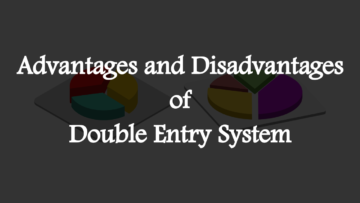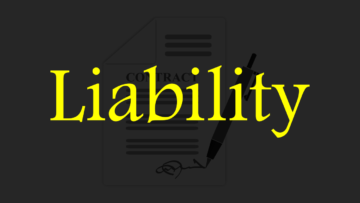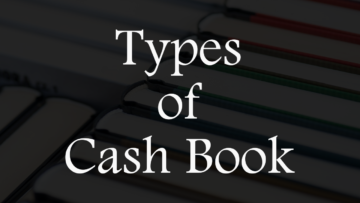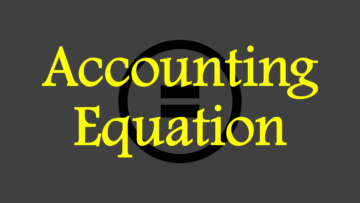Assets play a very important role in running a business as the day-to-day operations of the business are carried out by assets. Assets include cash, banks, deposits, buildings, land, furniture, vehicles, electronic equipment, patents, copyrights, trademarks etc. For better understanding and use, assets are classified on different basis like on the basis of conversion, on the basis of existence, on the basis of operation, etc.
Mainly all the assets are divided into two parts, one is fixed assets, and the other is current assets. In business, assets are shown on the balance sheet. The assets shown in the balance sheet are shown after all adjustments like depreciation, appreciation, etc. Assets reflect the financial position of the business but for this, should also have data of liabilities as these two are interrelated.
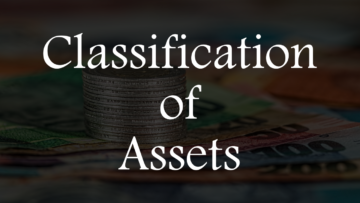
Table of Contents
Classification of Assets
Following are the classification of assets:
| On the basis of conversion | – Fixed Assets (Long-term Assets) – Current Assets (Short-term Assets) |
| On the basis of existence | – Tangible Assets – Intangible Assets |
| On the basis of operation/usage | – Operating Assets – Non-operating Assets |
1. On the basis of conversion:
Classification of assets on the basis of conversion refers to how quickly an asset can or will be converted into another asset. How quickly any asset can or will be converted into another asset depends on the nature of the asset, nature of business, situation, etc. On the basis of conversion, assets are divided into two parts, one is fixed assets, and the other is current assets.
- Fixed Assets: Fixed assets are those assets that are used for more than one year and there is no intention of converting them into another asset. These are also known as long-term assets and non-current assets. In general, these cannot be easily converted into other assets. Fixed assets include buildings, land, vehicles, furniture, trademarks, patents, etc.
- Current Assets: Current assets are those assets which are used within one year or less than one year. These are also known as short-term assets. These are easier to convert into any other asset than fixed assets. Current assets include cash, banks, inventories, short-term deposits, prepaid expenses, etc.
2. On the basis of existence:
Classification of assets on the basis of existence indicates whether the asset has physical existence or virtual existence. Both assets are important for business today, but it also depends on the nature of the business. On the basis of existence, assets are divided into two parts, one is tangible assets, and the other is intangible assets.
- Tangible Assets: Tangible assets are those assets that can be touched and seen. In simple language, apart from intangible assets, all other assets are tangible assets. Tangible assets have a physical existence, for example, land has a physical existence that we can see and touch. Tangible assets include land, buildings, machinery, furniture, cash, etc.
- Intangible Assets: Intangible assets are those assets that cannot be seen and touched, can only be understood through the result. In simple language, all assets except tangible assets are intangible assets. Even though these assets cannot be seen and touched, they play a very important role in business. For example, a trademark is an intangible asset that we cannot see and touch but can understand through results. Intangible assets include copyrights, patents, trademarks, software, research, etc.
3. On the basis of operation:
Classification of assets on the basis of operations refers to which assets are used for day-to-day operations of the business and which assets are not. Both types of assets play an important role in a business, even if an asset is not used in the daily operations of the business. On the basis of operation, assets are divided into two parts, one is operating assets, and the other is non-operating assets.
- Operating Assets: Operating assets are those assets that are involved in the day-to-day operations of the business and play a very important role in running the business. Business cannot run without these assets. Operating assets include cash, banks, inventory, land, buildings, furniture, trademarks, patents, etc.
- Non-operating Assets: Non-operating assets are those assets that are not involved in the day-to-day operations of the business but that play an important role in the business. These assets help in increasing the valuation of the business and earning additional income. Non-operating assets include deposits, unused land, unused buildings, investments, etc.
Read Also:
QNA/FAQ
Q1. Into how many parts are the assets divided on the basis of conversion?
Ans: On the basis of conversion the assets are divided into two parts:
1. Fixed Assets
2. Current Assets
Q2. Are non-operating assets not involved in the day-to-day operations of the business?
Ans: Yes, non-operating assets are not involved in the day-to-day operations of the business.
Q3. Can intangible assets not be seen or touched?
Ans: Yes, intangible assets cannot be seen and touched.
Q4. Do virtual assets exist?
Ans: Yes, virtual assets exist. Copyright, patent, trademark, software etc. are an example of virtual assets.
Q5. Are fixed assets also called non-current assets?
Ans: Yes, fixed assets are also called non-current assets.
Q6. Write the classification of assets.
Ans: Following are the classification of assets:
1. On the basis of conversion
– Fixed Assets
– Current Assets
2. On the basis of existence
– Tangible Assets
– Intangible Assets
3. On the basis of operation
– Operating Assets
– Non-operating Assets



